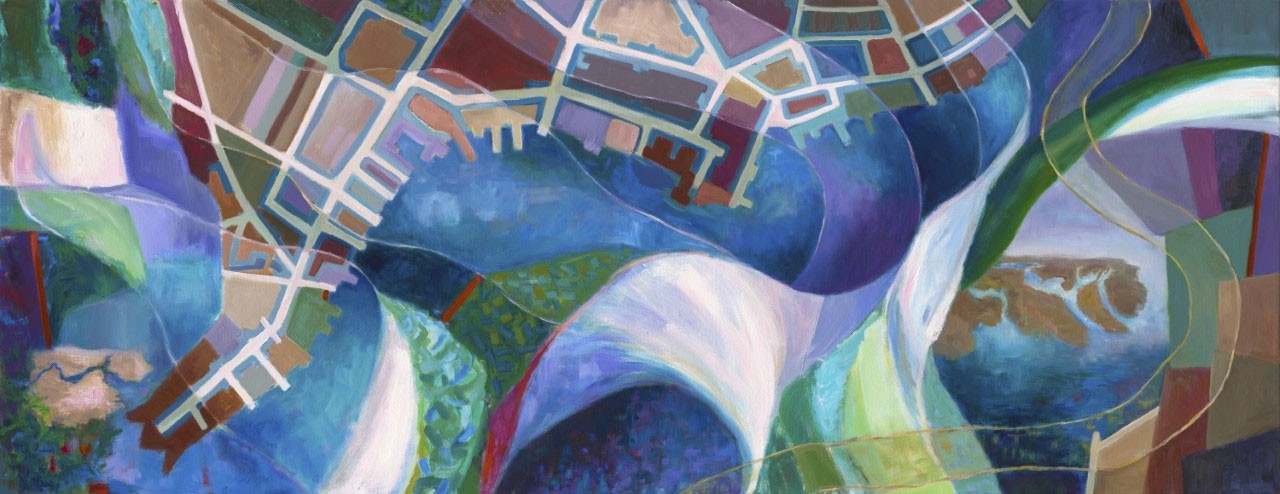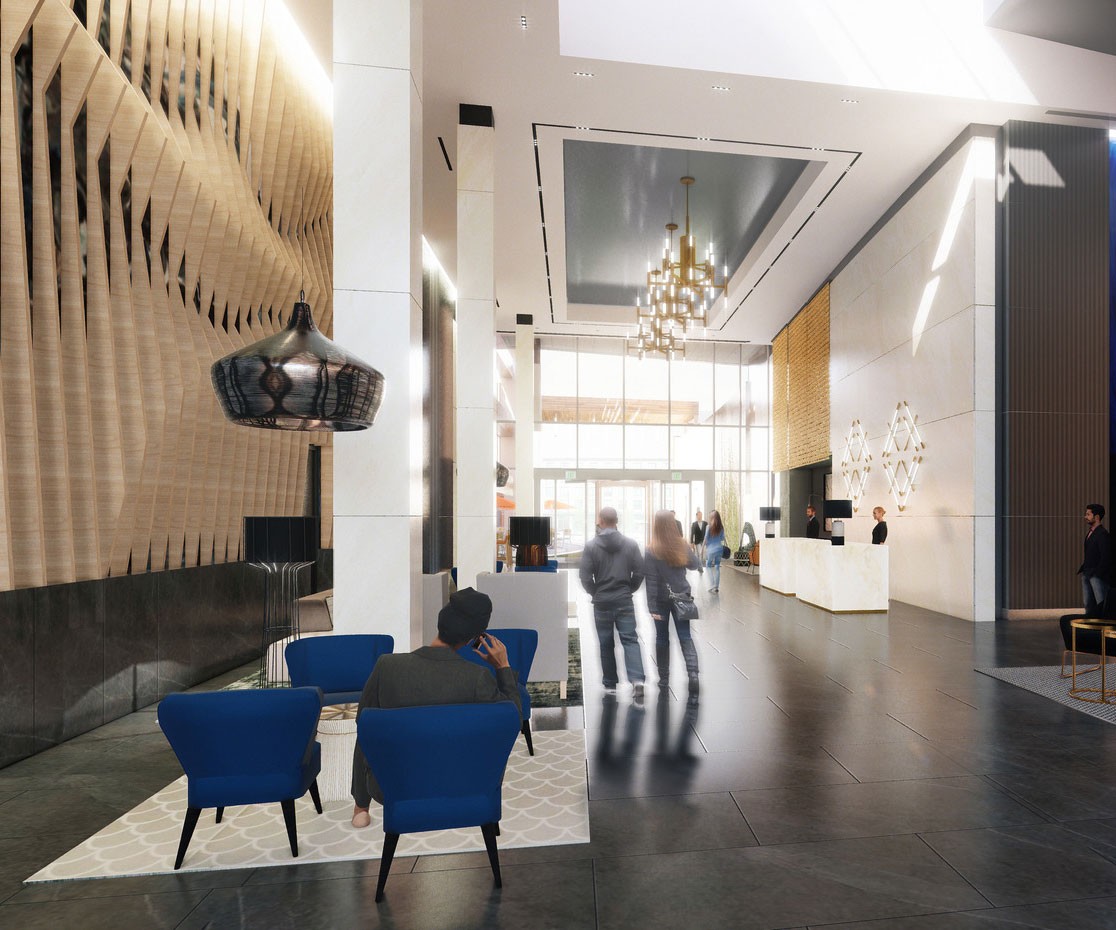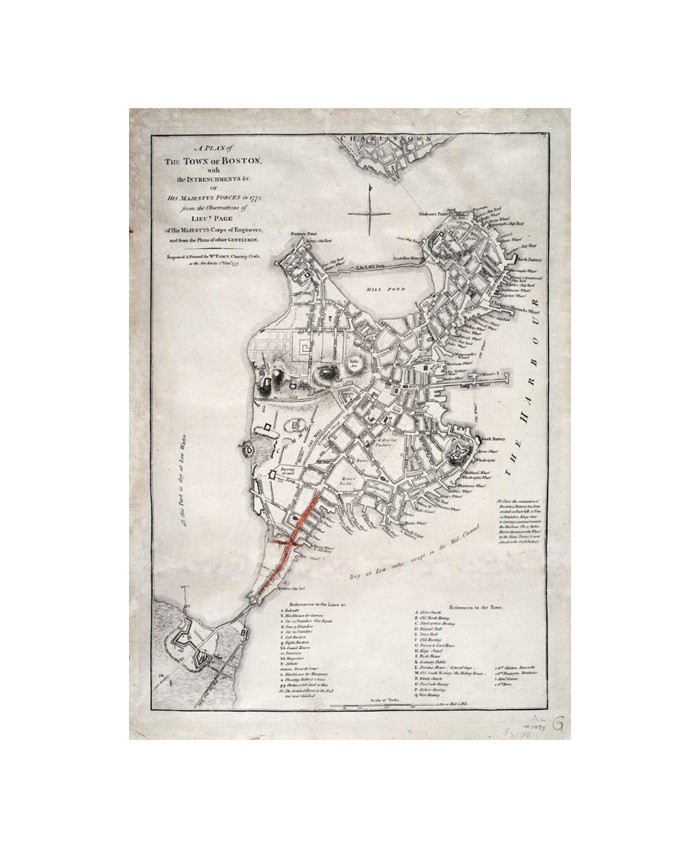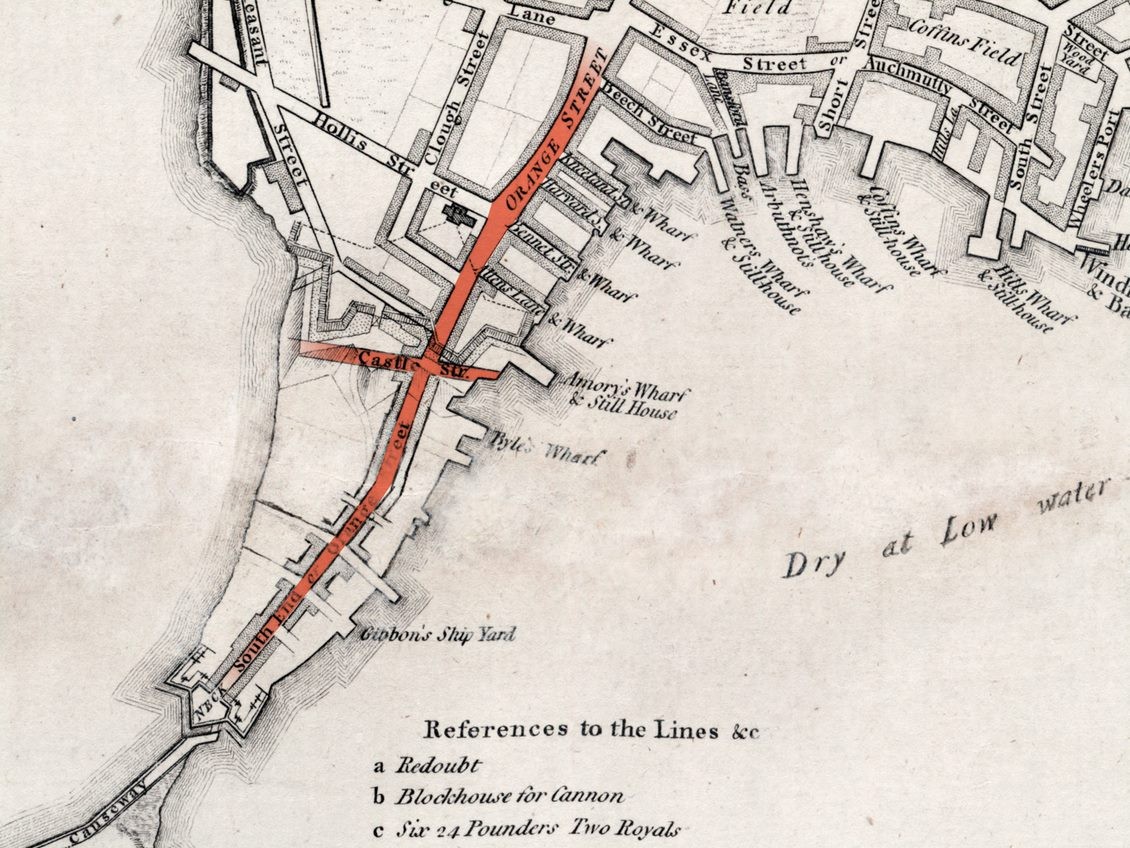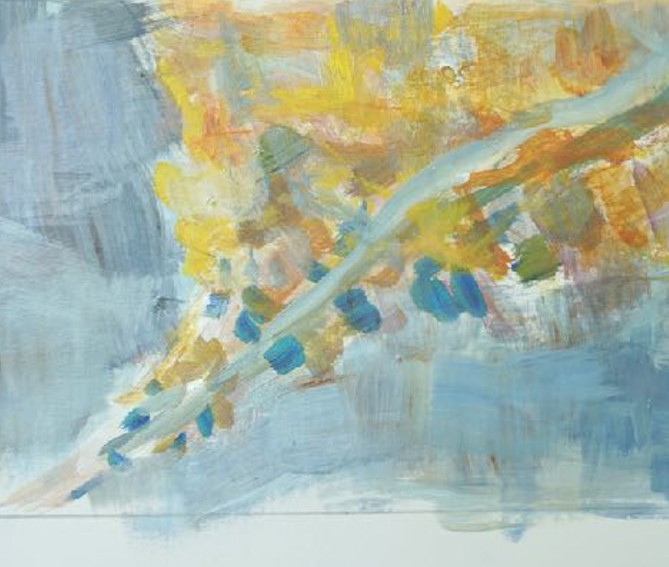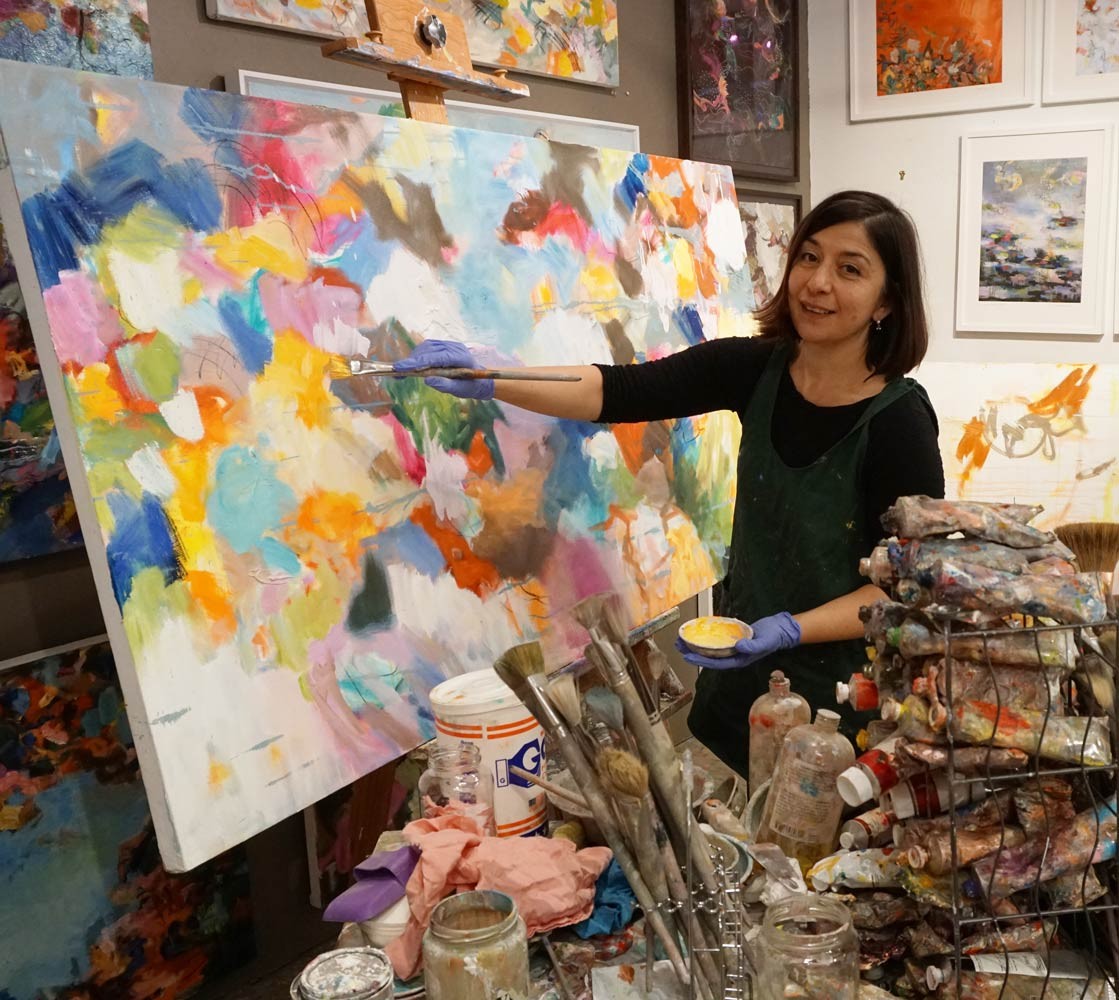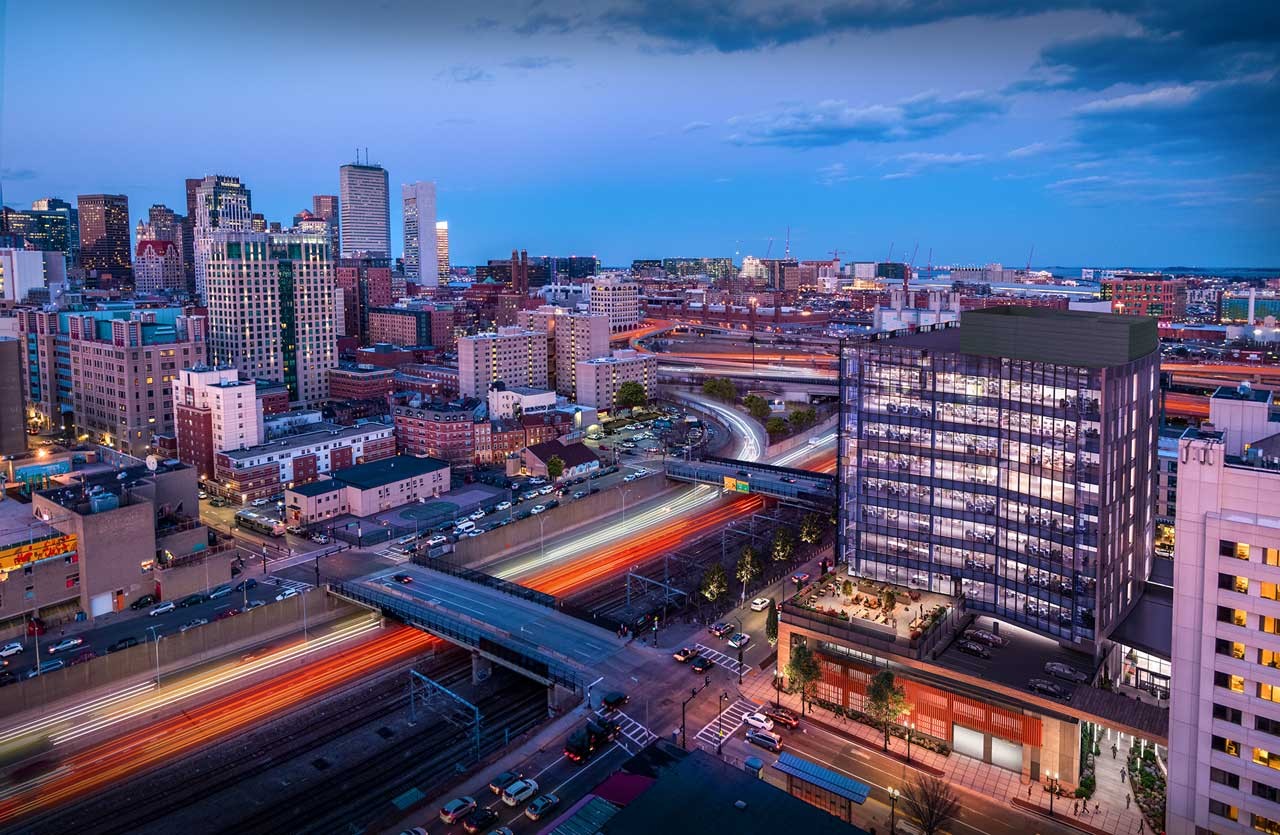Emily Modoono, Interior Designer and Senior Associate at SMMA, explained why the tower’s development and design team wanted to create an inspiring and playful focal point within the connector lobby. “We wanted something distinctive and colorful that helped activate the space and make it a welcoming visitor experience,” she said.
What emerged from the designers testing out of several different options was the idea of a specialty art piece, something distinctive that could be experienced differently, depending on someone’s vantage point.
“Then the big idea materialized,” Modoono recalled. “Why not commission a local artist to create something connected with the history of the site and the neighborhood? We are building next to the SOWA arts district and all these wonderful artists. It’s turned out even better than we ever expected.”

